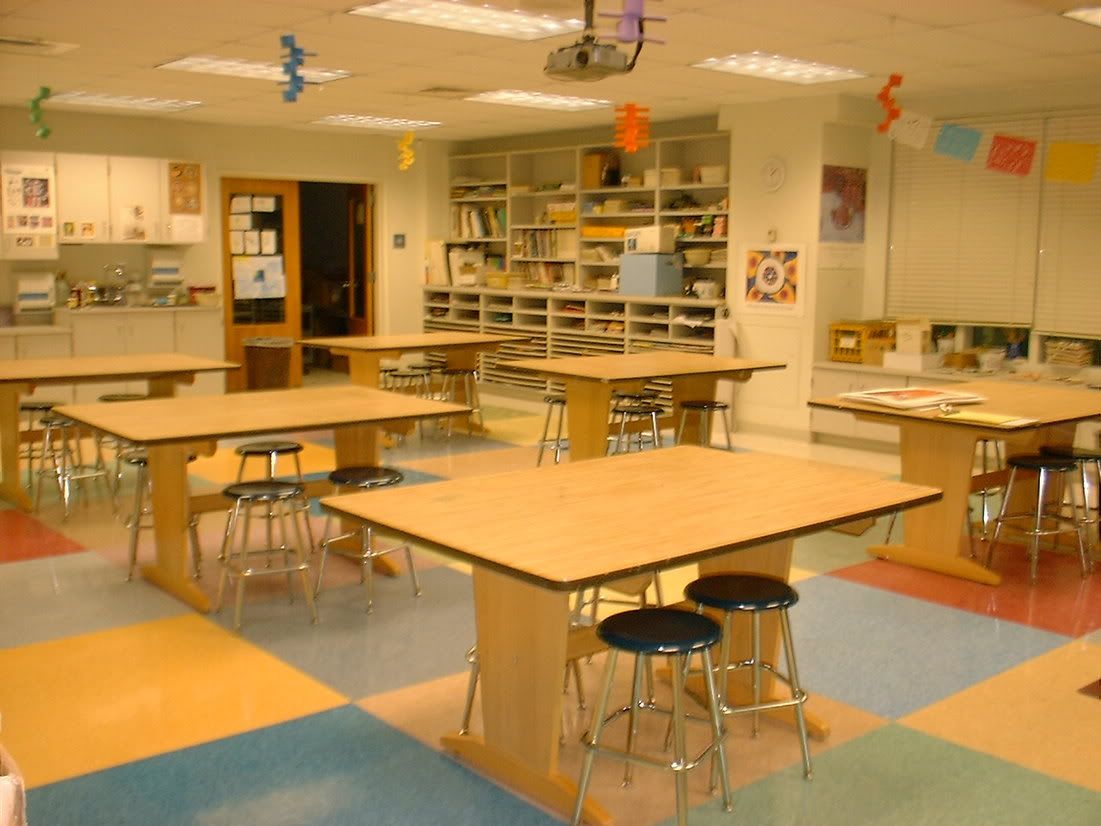How might you enhance
motivation and affect in your students using the theories of motivation?
Which theories of motivation
are most helpful and instructive for you?
A summation of the Humanism Theory: when students are offered a caring and supportive environment, learners will strive to understand themselves, enhance their abilities, and act in a manner that is beneficial to both themselves and their peers.
This theory seems to me to be the best fit for a classroom environment in which I would be teaching. Coming from the perspective of an art teacher, students are often shy and uncomfortable in opening up and sharing their artwork with their peers. As we are all aware, adolescence is a trying and stressful time, however fun it may seem in retrospect. Students struggle daily to find themselves and their niche in both school and at home. Art is an incredibly beneficial tool used to draw students out of themselves and allow them to express their emotions in a way that other outlets might not allow. Sharing their art, because of its very personal nature, is a hard and often emotional thing in and of itself. In a classroom environment filled with comfort and support, students will grow more comfortable sharing and potentially and hopefully utilize art to its fullest extent. Once students are comfortable sharing and comfortable making personal artworks, I'm confident they will be intrinsically motivated.
I think, aside from this theory, the best way for me to stimulate students personal motivation is to create self directed art projects that are, of course, guided, but also open ended. As an art major, I spent my first few years of undergrad making art with someone else's guidelines and outlines and do's and don'ts and restrictions and requirements. I hated it. I often felt burned out and utterly confused as to why I chose art as my major in the first place. I had no motivation and was constantly having to remind myself that this was my passion. Once I was able to start making my own pieces with absolutely no guidelines or outlines or restrictions, my motivation went up, thus increasing my work ethic and passion. Allowing students to make art that comes from the heart is the only way I look at it. Thats the entire driving force behind arts cathartic benefits. Simply making something because someone told you to doesn't make it fun or beneficial. Allowing the students leeway in what they chose to make will motivate them intrinsically and create a happy, healthy and comfortable learning environment for everyone.
I think another key to a successful art classroom, filled with happy, motivated students, is to make it fun. Art needs to be a reprieve for them, not a chore. Music, chatter, collaboration, sharing... all aspects of a healthy art classroom environment. When the students art having fun, they let go of stresses and bias and uncomfortableness and are far more open to sharing their works and ideas with their peers.
Here is a sample of the music I like to play for students as they make art. Enjoy : )
